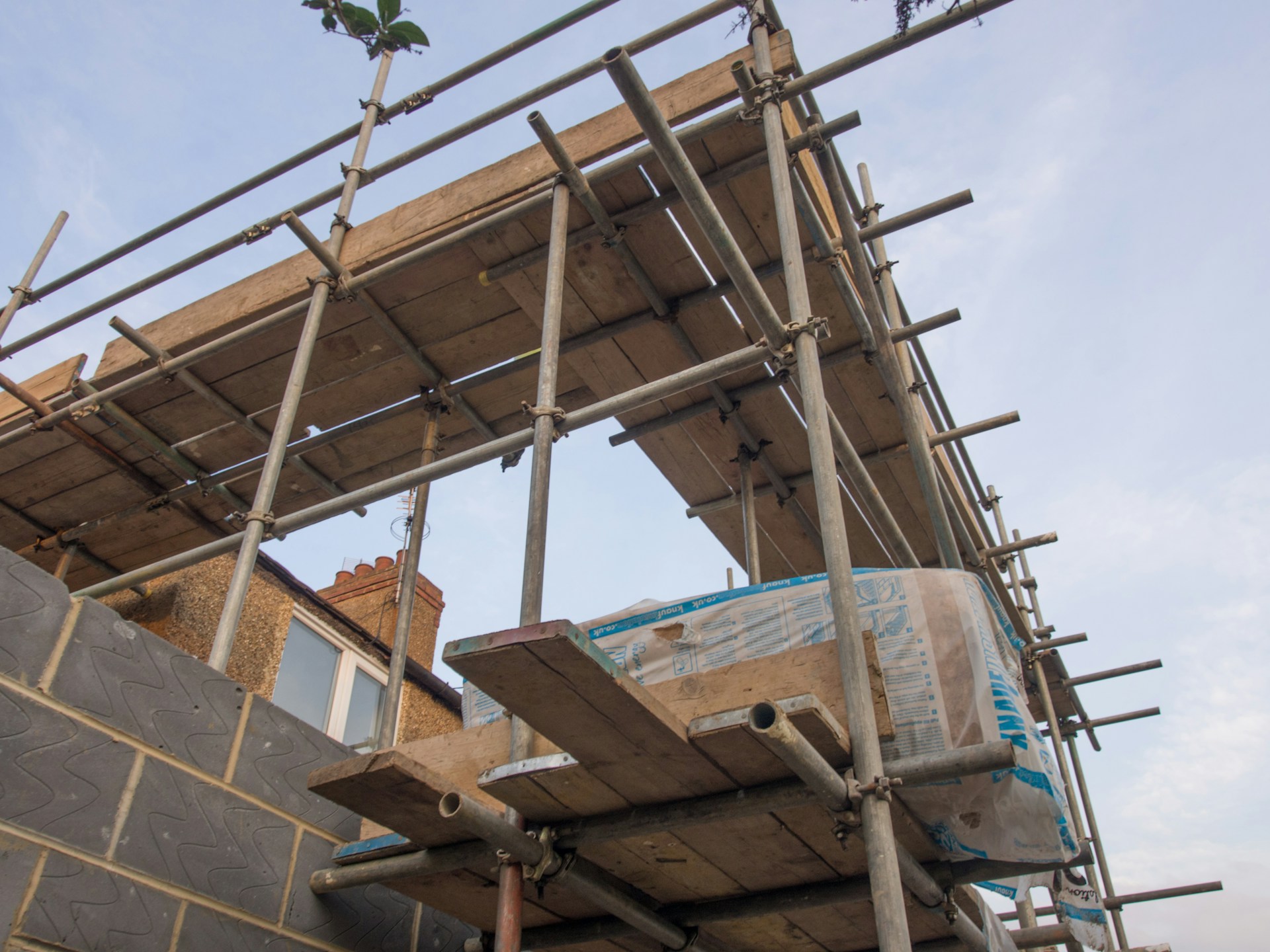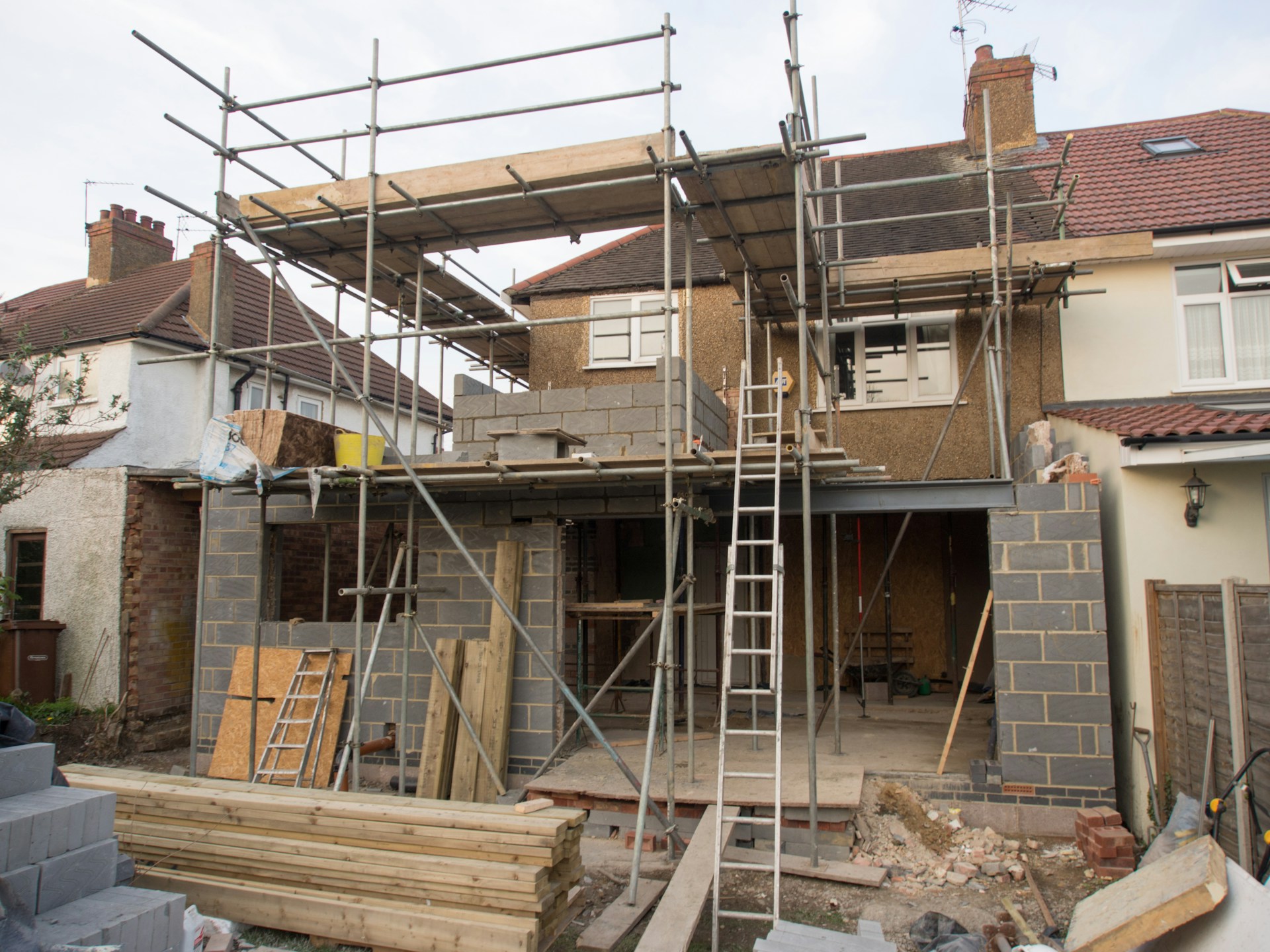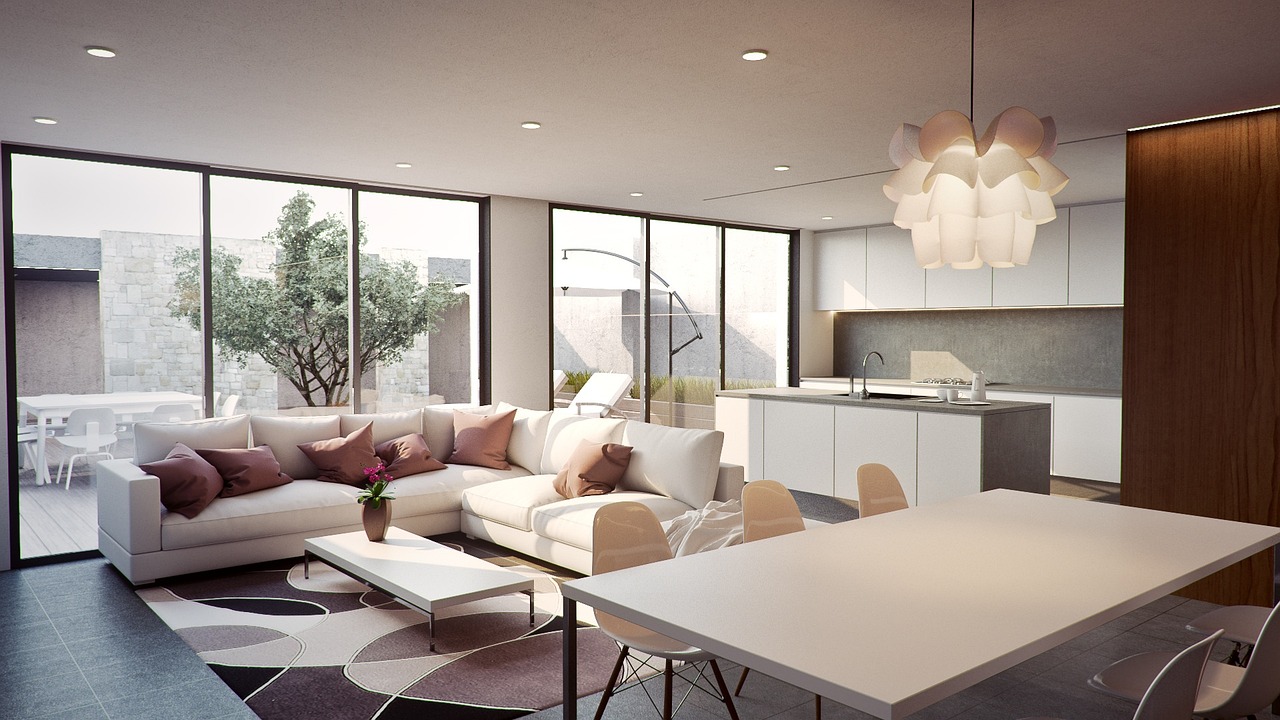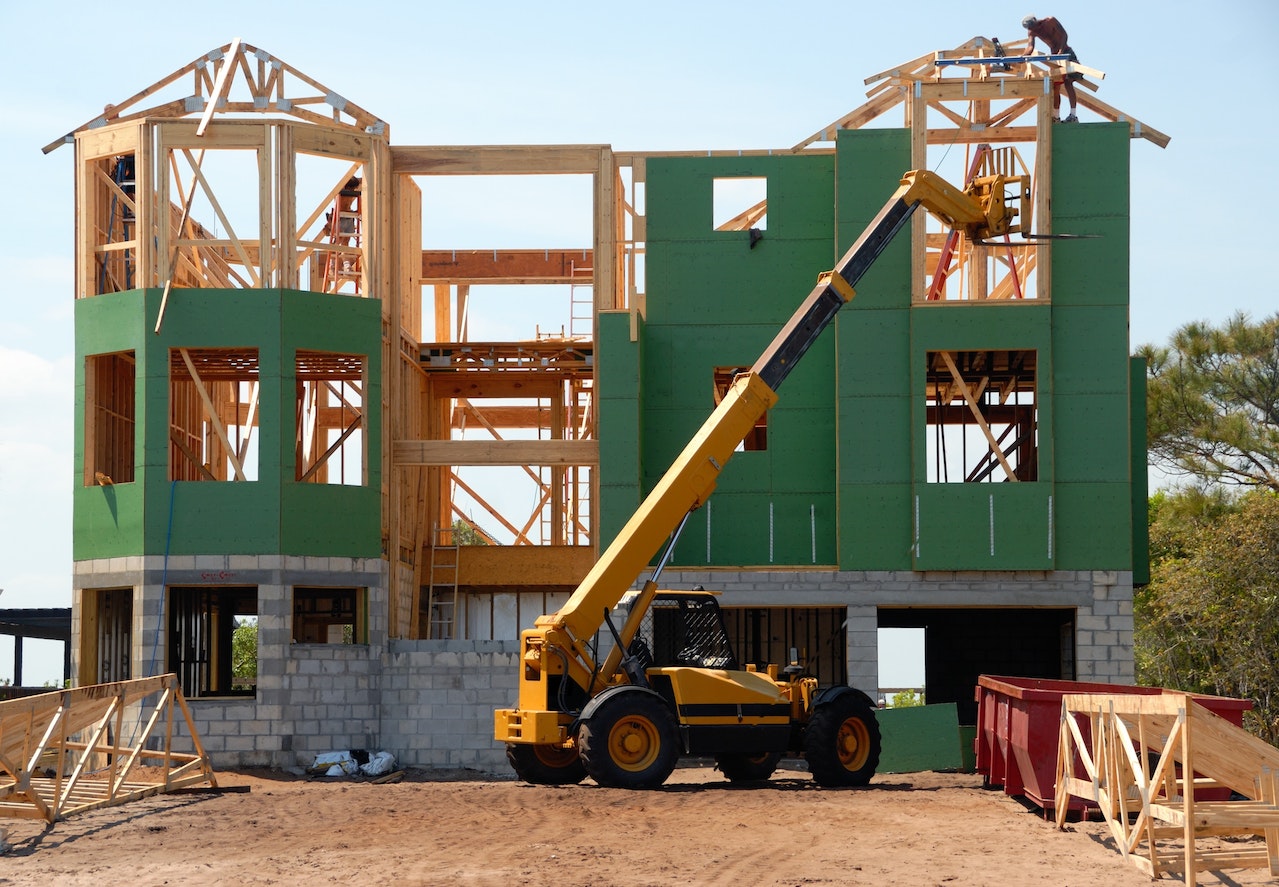Prefabricated houses, often called prefab homes, are built using sections manufactured off-site and assembled on location. This approach from Immobilien.de offers speed, efficiency, and reduced waste compared to traditional construction. Yet, despite its benefits, prefab construction comes with unique challenges. Understanding these obstacles helps homeowners, builders, and developers plan better and ensure a smoother project from start to finish.
Transportation and Logistics
Transporting large modules or panels to a construction site is one of the main challenges. Oversized loads can require special permits, route planning, and handling equipment. Road conditions, bridges, and traffic restrictions can complicate delivery. To overcome these issues, thorough planning is essential. Coordinating with local authorities and experienced transport companies ensures modules arrive safely and on time.
Site Preparation and Foundation

Even with prefab components, proper site preparation is crucial. Uneven terrain, poor soil conditions, or inadequate foundations can delay assembly and compromise structural integrity. Conducting a comprehensive site survey before construction begins can prevent these problems. Ensuring the foundation meets design specifications and local codes allows prefab modules to fit perfectly during installation.
Assembly and On-Site Coordination
On-site assembly requires skilled labor and careful coordination. Mistakes during assembly can affect the building’s structural performance, energy efficiency, and aesthetic finish. Clear communication between factory teams, on-site crews, and project managers is vital. Providing proper training and following detailed assembly guides reduces errors and ensures each component aligns correctly.
Weather and Environmental Factors
Weather can impact both transportation and on-site assembly. Heavy rain, snow, or high winds can …




